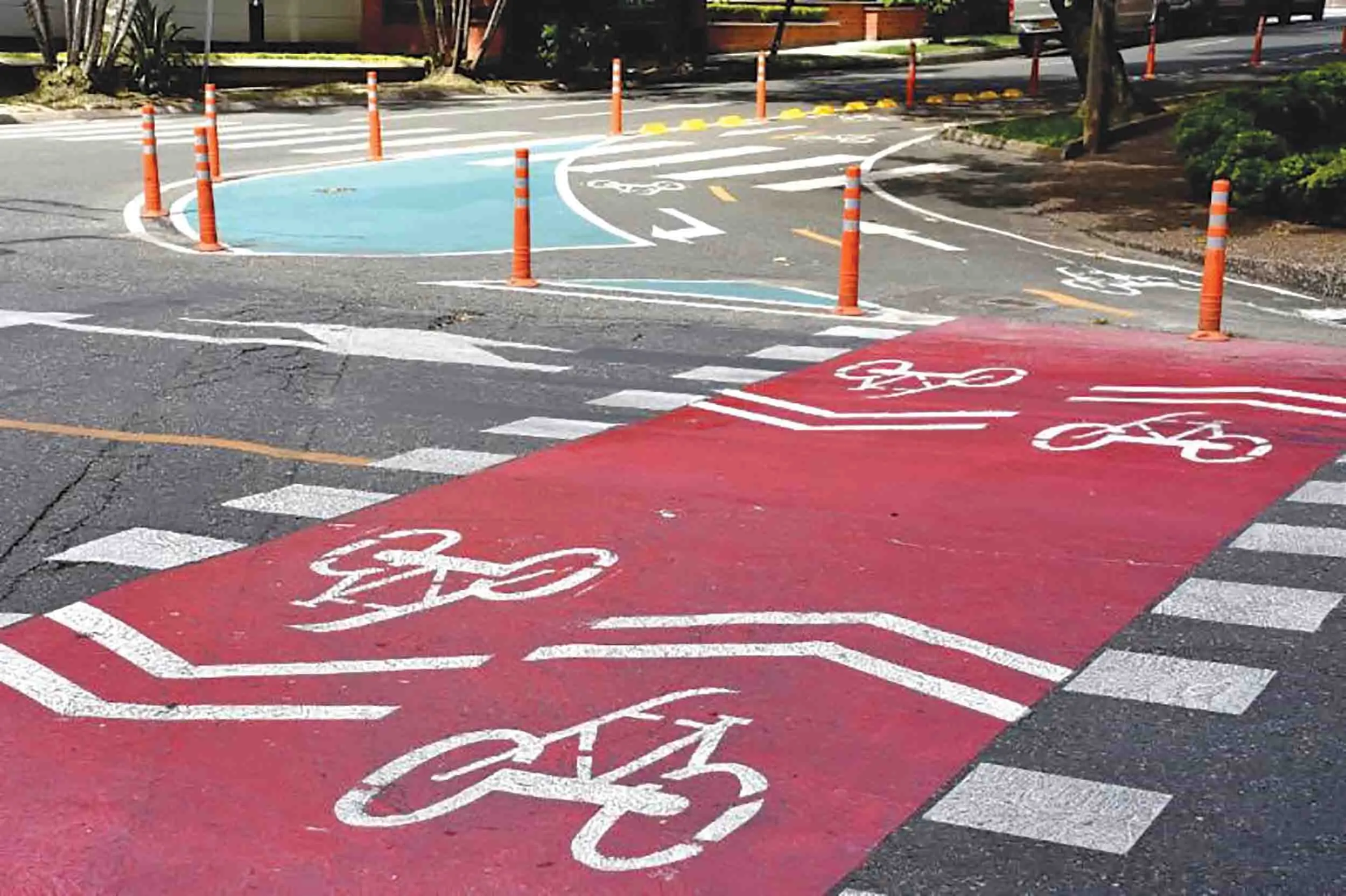In New Zealand a new safety drive is being handled by the local authorities of Tauranga, Dunedin, Christchurch and Auckland. These are among the four cities in New Zealand that have teamed up with the New Zealand Transport Agency for kiwiRAP to establish a road risk mapping scheme. Under the programme, areas that require attention to address high risk concerns will be identified. According to Colin Brodie, Chief Safety Advisor of New Zealand Transport Agency, the urban kiwiRAP programme will use traffic and
December 15, 2014
Read time: 1 min
In New Zealand a new safety drive is being handled by the local authorities of Tauranga, Dunedin, Christchurch and Auckland. These are among the four cities in New Zealand that have teamed up with the 1009 New Zealand Transport Agency for kiwiRAP to establish a road risk mapping scheme. Under the programme, areas that require attention to address high risk concerns will be identified. According to Colin Brodie, Chief Safety Advisor of New Zealand Transport Agency, the urban kiwiRAP programme will use traffic and crash data to create colour-coded maps that indicate the relative level of risk on areas throughout the city. Drivers and pedestrians will be allowed to view the maps by mid-2015.








